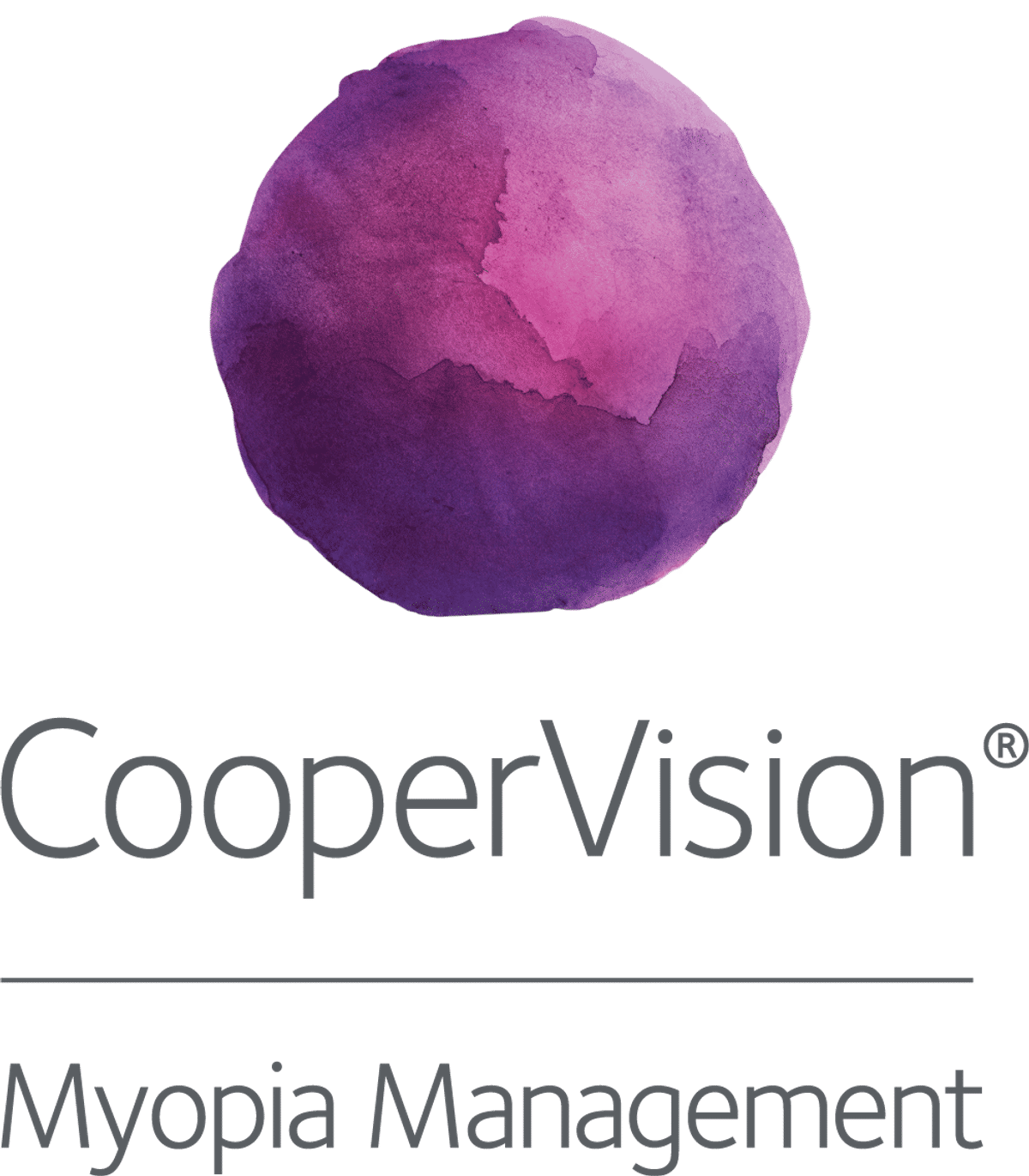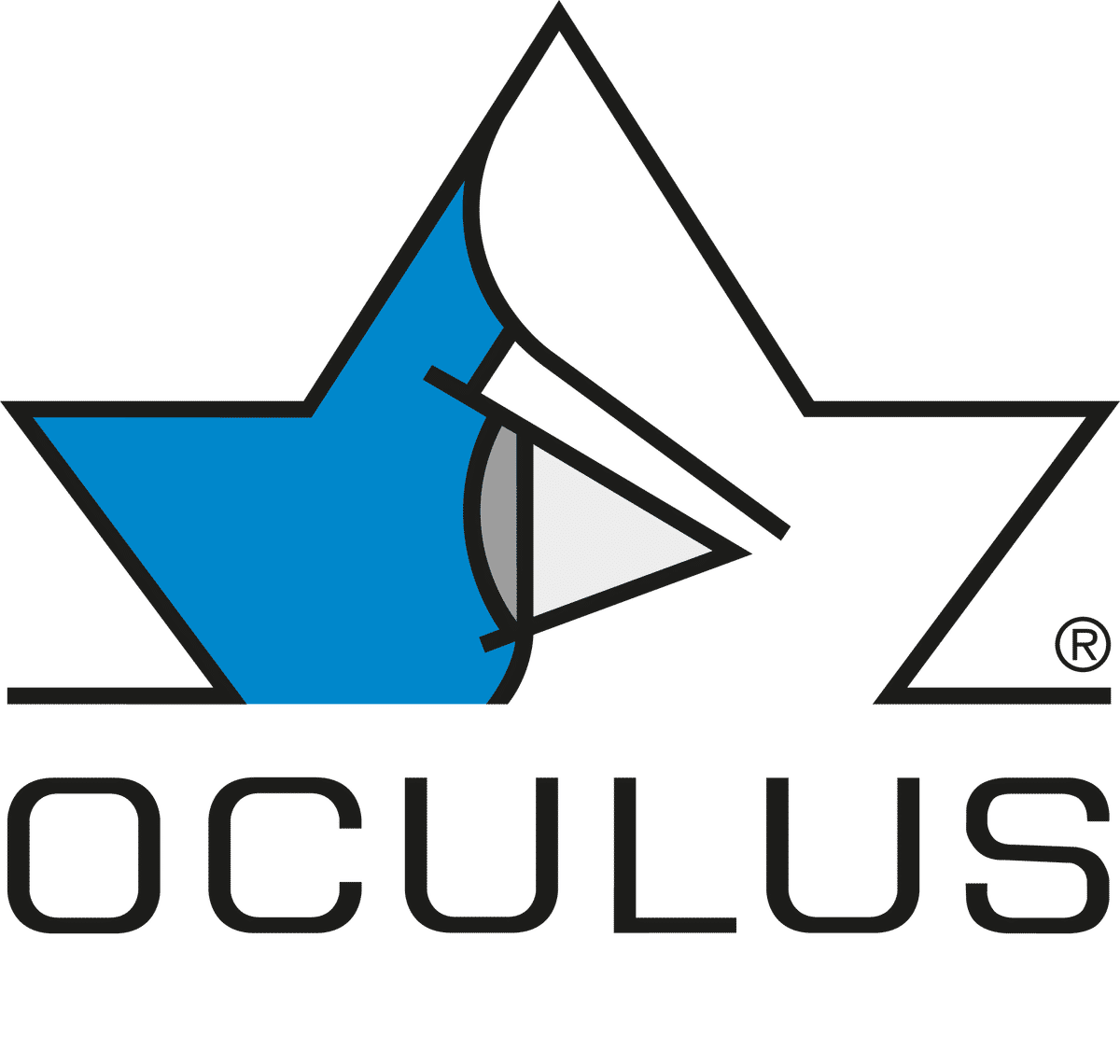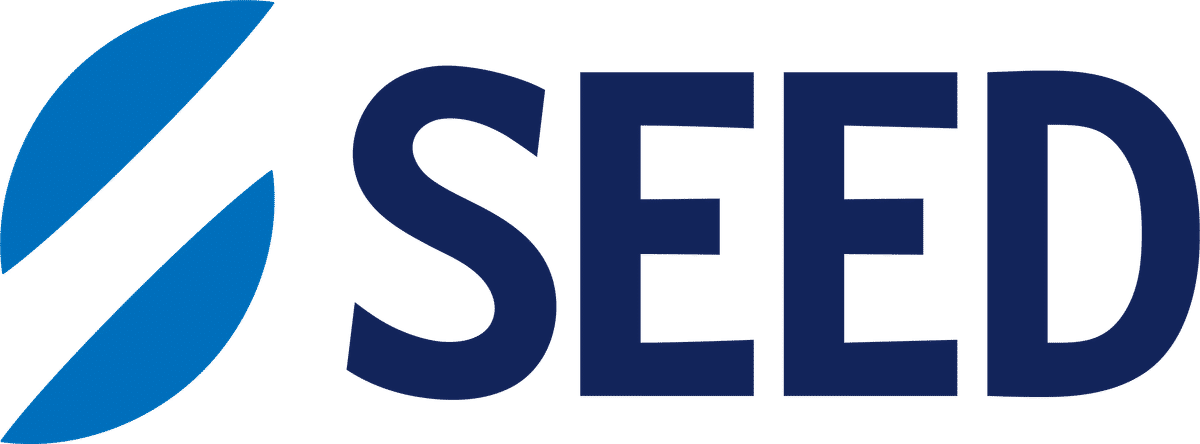Science
Asymmetric myopic peripheral defocus lenses slow myopia

In this article:
This study reports 24-month outcomes of a randomized controlled trial in Spanish children aged 6-12 years. Compared to single vision lenses, asymmetric myopic peripheral defocus lenses slowed absolute axial elongation by 0.10 mm (29%) and reduced relative axial growth by 30%. Younger children were associated with faster eye growth, but outdoor time and digital device use did not influence the results.
Paper title: Efficacy of Asymmetric Myopic Peripheral Defocus Lenses in Spanish Children: 24-Month Randomized Clinical Trial Results
Authors: Martinez-Perez C (1), Sánchez-Tena MÁ (1,2), Cleva JM (3), Villa-Collar C (4), Álvarez M (3), Chamorro E (3), Alvarez-Peregrina C (2)
- School of Management, Engineering and Aeronautics, ISEC LISBOA—Instituto Superior de Educação e Ciências, Alameda das Linhas de Torres, 179, 1750-142 Lisbon, Portugal.
- Department of Optometry and Vision, Faculty of Optics and Optometry, Universidad Complutense de Madrid, 28037 Madrid, Spain.
- Clinical Research Department, Indizen Optical Technologies, 28002 Madrid, Spain.
- Faculty of Biomedical and Health Science, Universidad Europea de Madrid, 28670 Madrid, Spain.
Date: Published online February 6, 2025
Reference: Martinez-Perez C, Sánchez-Tena MÁ, Cleva JM, Villa-Collar C, Álvarez M, Chamorro E, Alvarez-Peregrina C. Efficacy of Asymmetric Myopic Peripheral Defocus Lenses in Spanish Children: 24-Month Randomized Clinical Trial Results. Children (Basel). 2025 Feb 6;12(2):191.
Summary
Asymmetric myopic peripheral defocus lenses (MPDL, MyoLess, IOT, Madrid, Spain) represent a novel spectacle lens design for controlling the progression of myopia in children. A previous 12-month randomized controlled trial in Spanish children showed that MPDL slowed absolute axial elongation by 0.09mm (39%) compared to single vision lenses (SVL).
This 2-year double-masked randomized controlled trial was conducted in Madrid, Spain. Children aged 6-12 years (n=69) with myopia less than −0.50 D were randomly assigned to wear either MPDL or SVL at the beginning of the study. Refraction, axial length (AL), and visual acuity (VA), were conducted at baseline, 6, 12, and 24 months. Associations between relative AL growth and lifestyle factors including outdoor activities and digital device use were also analyzed.
Key findings were as follows.
- MPDL lenses reduced absolute axial elongation by 0.10 mm (29%), and relative mean AL growth by 30% compared to SVL over 24 months.
- The MPDL group showed on average, 0.23D (53%) less change in cycloplegic refraction compared to SVL over 24 months.
- Younger children showed faster AL growth regardless of lens type.
- There was no association between relative AL growth and other factors including gender, parental myopia, outdoor time, digital device use, and baseline spherical equivalent refraction.
What does this mean for my practice?
MPDL lenses feature a 7 mm central ovoidal optic zone surrounded by a peripheral treatment area comprising relative positive powers of +1.50 D nasally, +1.80 D temporally, and +2.00 D inferiorly.
As a result of the distribution of progressive power across the area of the lens, MPDL lenses produce asymmetrical myopic defocus along the horizontal direction. Based on this design, MPDL aims to induce simultaneous myopic retinal defocus for both distance and near vision.
This research is the first two-year randomized clinical trial in Europe to evaluate the use of an MPDL design for myopia control.
The results of this study suggest that MPDL spectacle lenses are moderately effective in controlling myopia progression in a cohort of Spanish children, demonstrating a 0.10mm (29%) reduction in AL elongation and 0.23D reduction in myopia progression compared to SVL. However, the observed efficacy of 29% over 2 years is lower than the two-year efficacy of other defocus-based spectacle designs, such as MiYOSMART (62%) and Stellest (60%).
Further research will help clarify the effectiveness of MPDL lenses in light of established treatment strategies.
What do we still need to learn?
The MPDL lens has been shown to provide a significant myopia control effect at 2 years compared to single vision lenses, however there are valid concerns with the overall study design and cohort demographics.
The baseline data shows a significant difference in the mean age between the two groups, with the MPDL group (mean age 10.4 years) being older than the SVL group (mean age 9.6 years). Baseline age differences may influence progression rates, as younger children tend to undergo faster progression, as supported in the study’s secondary analysis.
Another limitation was the drop-out rate of 16.7%. As the study was originally planned for 1 year, some participants discontinued treatment after the first year. Initially, 12-month AL growth in the control group was consistent with non-Asian modelled growth.
A longer follow-up period would provide more comprehensive data on the long-term efficacy of MPDL lenses in myopic children. Although a study duration of two years is valuable, it is nonetheless shorter compared to long-term studies evaluating spectacle lens designs for myopia control. For instance, 6-year outcomes have been published for MiYOSMART lenses, 5 years for Stellest lenses, and 4 years for DOT lenses.
Abstract
Background/Objectives: Asymmetric myopic peripheral defocus lenses (MPDLs) have proven to be effective in slowing the progression of myopia in Spanish children over a period of 12 months. The purpose of this study was to assess the MPDL spectacles’ efficacy in slowing myopia progression over a 24-month period in children.
Methods: This study extends the follow-up period of the double-masked, prospective, and randomized clinical trial previously published to 24 months. Children from 6 to 12 years were assigned to two groups: a control group wearing spherotorical single vision lenses (SVLs) or a treatment group wearing MPDL lenses. Inclusion criteria included children with myopia less than −0.50 D, astigmatism below 1.50 D, and best-corrected visual acuity of at least 20/20. Participants underwent cycloplegic autorefractive examination and axial length (AL) measurements at the baseline and six and twelve months in the study already published, and twenty-four months later in the present study. Lifestyle factors, including outdoor activities and digital device use, were also assessed. Baseline characteristics, including age, refractive error, and AL, were comparable between groups. Dropout rates were 15.9%, with 14 participants lost to follow-up, distributed equally between the two groups.
Results: After 24 months of follow-up, 69 children remained in this study, comprising 34 participants in the SVL cohort and 35 in the MPDL cohort. Over 24 months, the MPDL group showed significantly less AL elongation than the SVL group (0.27 ± 0.23 mm and 0.37 ± 0.24 mm; p = 0.0341). The mean relative AL increase was 1.10 ± 0.95% in the MPDL group, compared to 1.56 ± 1.02% in the SVL group (p = 0.0322). Younger children exhibited faster AL growth, while digital device use and outdoor activities did not affect AL changes.
Conclusions: MPDL spectacle lenses substantially slowed myopia progression over a 24-month period, with 28.7% less progression in absolute AL growth and 29.8% in relative AL growth compared to SVL. These results indicate that MPDL lenses are an effective method for slowing myopia progression.
Meet the Authors:
About Brian Peng
Brian is a clinical optometrist based in Sydney, Australia. He graduated from the University of New South Wales and was awarded the Research Project Prize for his work on myopia. He has a keen interest in myopia-related research, industry, and education.
Read Brian's work on our My Kids Vision website, our public awareness platform. Brian also works on development of various new resources across MyopiaProfile.com.
References
- Sánchez-Tena MÁ, Cleva JM, Villa-Collar C, et al. Effectiveness of a Spectacle Lens with a Specific Asymmetric Myopic Peripheral Defocus: 12-Month Results in a Spanish Population. Children (Basel). Feb 2024;11(2). [link]
- Martinez-Perez C, Sánchez-Tena MÁ, Cleva JM, et al. Efficacy of Asymmetric Myopic Peripheral Defocus Lenses in Spanish Children: 24-Month Randomized Clinical Trial Results. Children (Basel). Feb 2025;12(2). [link]
- Lam CS, Tang WC, Lee PH, et al. Myopia control effect of defocus incorporated multiple segments (DIMS) spectacle lens in Chinese children: results of a 3-year follow-up study. Br J Ophthalmol. Aug 2022;106(8):1110-1114. [link]
- Bao J, Huang Y, Li X, et al. Spectacle Lenses With Aspherical Lenslets for Myopia Control vs Single-Vision Spectacle Lenses: A Randomized Clinical Trial. JAMA Ophthalmol. May 2022;140(5):472-478. [link]
- Brennan NA, Shamp W, Maynes E, et al. Influence of age and race on axial elongation in myopic children: A systematic review and meta-regression. Optom Vis Sci. Aug 2024;101(8):497-507. [link]
Enormous thanks to our visionary sponsors
Myopia Profile’s growth into a world leading platform has been made possible through the support of our visionary sponsors, who share our mission to improve children’s vision care worldwide. Click on their logos to learn about how these companies are innovating and developing resources with us to support you in managing your patients with myopia.












